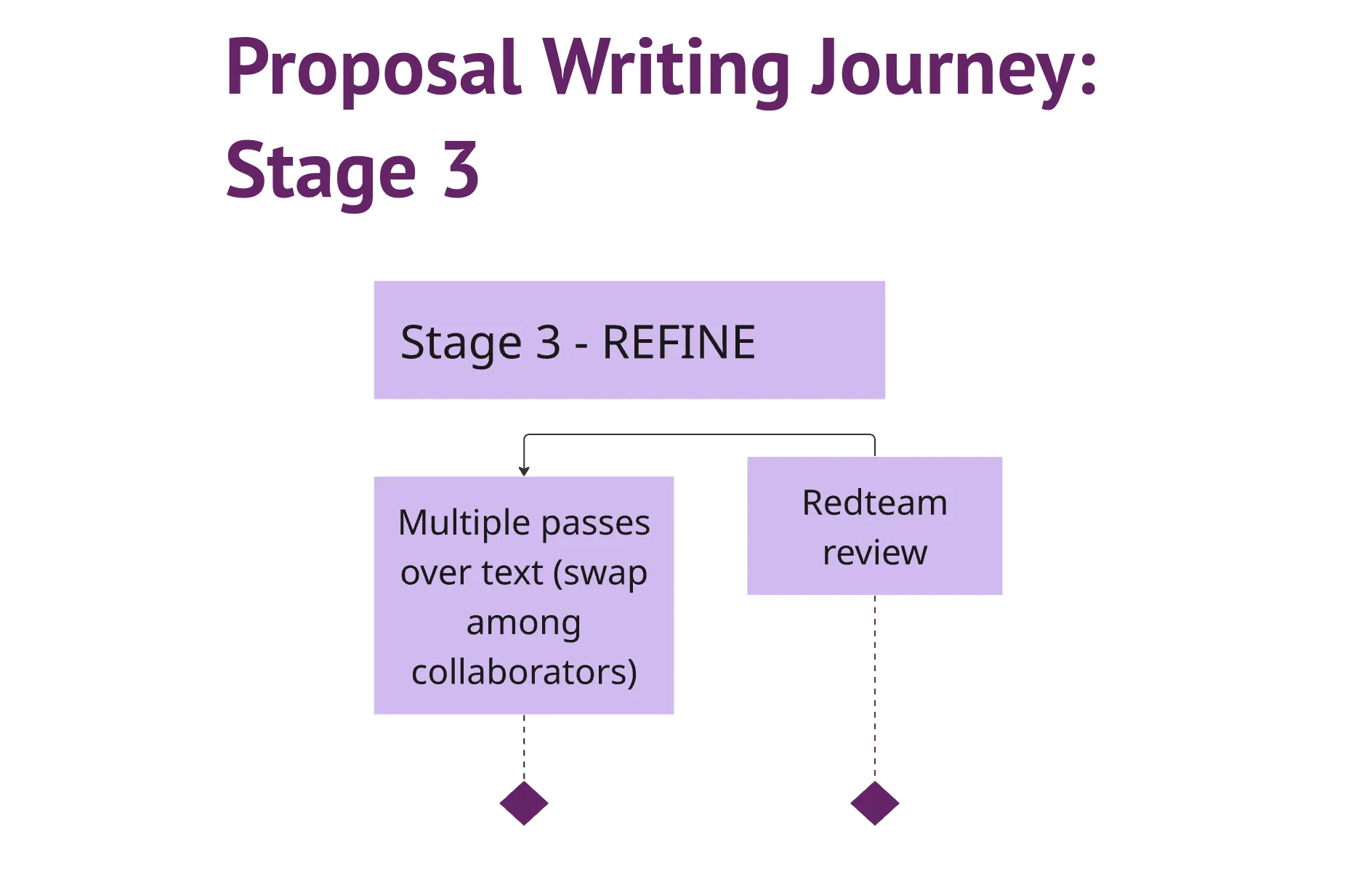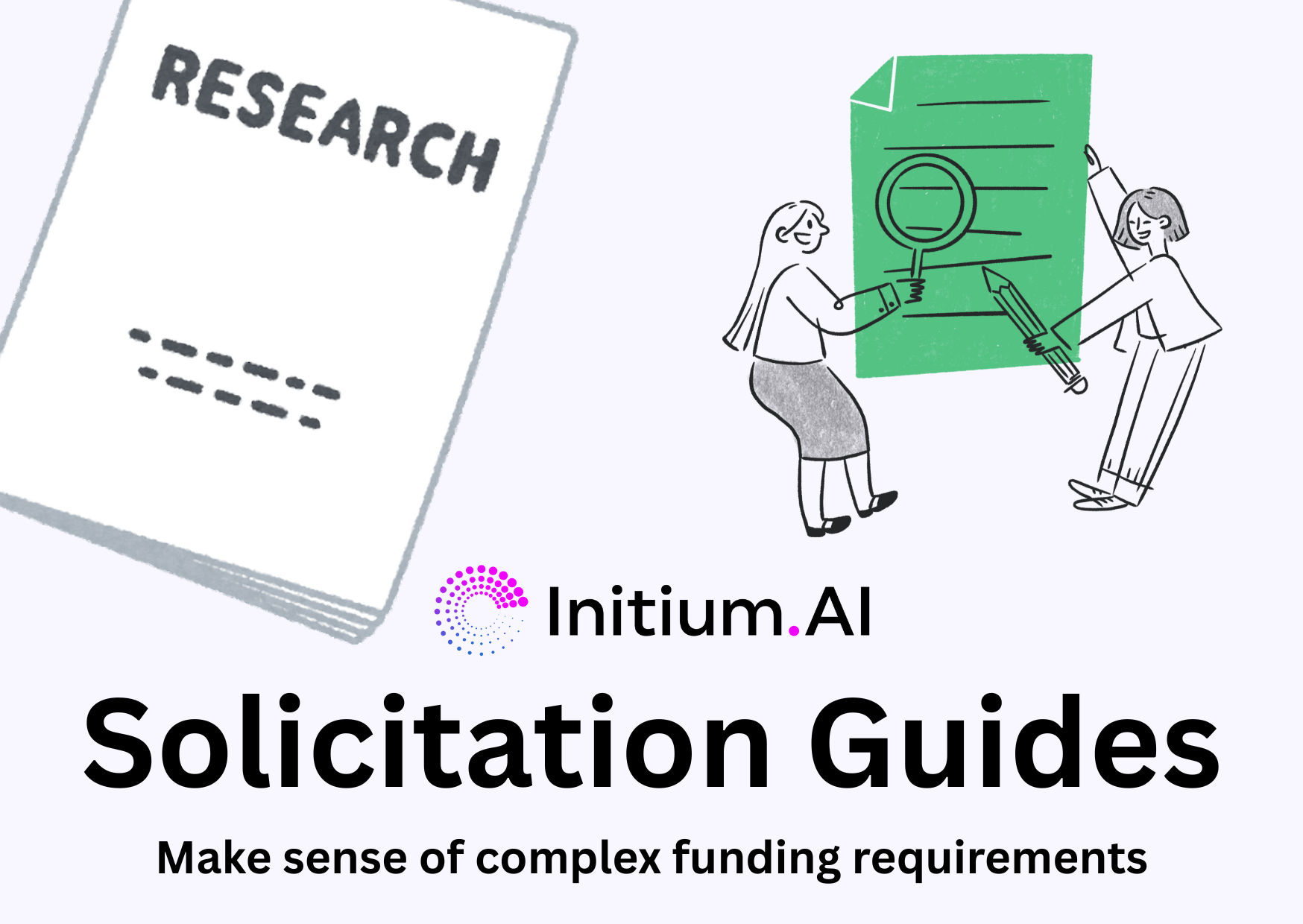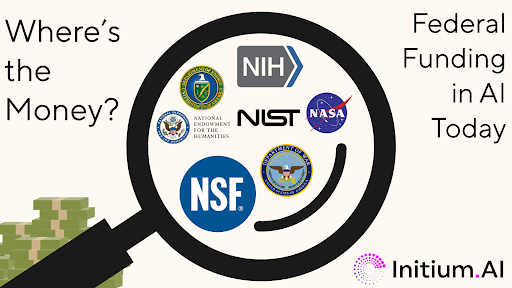
How to Write a Grant Proposal — Stage 3: Refinement
We’ve previously identified the two previous stages of grant writing: Ideation and Writing. After these steps, refining your proposal is essential to increase the chances of successful funding.
Though it may appear a tempting step to skip, especially when working on a fast-approaching deadline, refining a grant is just as important as writing it in the first place. Successful grants are those that are clear, concise, and aligned to the particular request for proposals.
Step 1: Internal Editing
Looking over the text multiple times will aid you greatly in refining your ideas, while also catching quick mistakes. The saying “sleep on it” does have some science behind it – taking some time away from what you wrote, and then revisiting with a fresh view can help strengthen your arguments and identify unclear phrases and paragraphs.
To start, revise your text for precision, especially when it comes to aligning with the funding call as closely as possible. Ensure that each paragraph in some way answers the prompt at hand. Proposal reviewers often sift through dozens of grant proposals every day, and so alignment with the prompt is likely to make it stand out. Being direct about what you wish to accomplish while also being grounded in timely knowledge will help your proposal appear thoughtful and prepared. Similarly, by discussing your idea’s potential, you can inspire and captivate the reviewer, making your proposal prominent in their mind.
Second, make sure to edit for clarity. Try to use active voice instead of passive voice to energize your proposal and cut down on word count. For example, “the subjects will be supervised by a team of researchers” is wordier and less engaging than “a team of researchers will supervise the subjects”. If you need to talk about yourself or your team, first or third person is generally acceptable, but make sure to double-check the institution’s guidelines.
You should also consider editing for a formal tone. While writing informally during a first draft is often helpful to get all of your ideas onto the page, proposal reviewers are often looking for an academic voice. Additionally, many funding calls will have stylistic guides that you should follow, so just double check to make sure you’re not making an easy mistake to fix! You can also use the institution’s website to make sure you’re indicating a similar tone and values.
While doing that, be mindful of how much jargon you use. Although specificity is key to ensuring a successful proposal, too much jargon might appear confusing or like you’re trying to obscure hazy ideas in multisyllabic words. Complex concepts often require complex phrasings, but sometimes, “state” can work just as well – and read better – than “postulate” or “verbalized”. Don’t let your reader get lost among the verbage – make your ideas stand out rather than dense or vague writing.
As with many other things, the more eyes you can have on the proposal text, the better! For collaborative proposals, make sure each collaborator is able to look over the grant with the ideas above in mind – it’s guaranteed they’ll spot something you won’t. Moreover, when each collaborator provides input, they’ll feel more attached to the proposal itself and invested in its success. The more people feel connected to the grant, the more they’ll work to ensure that it gets funding.
Finally, a last step in internal editing involves reading and revising your proposal to create a work that is consistent throughout, and has one “voice”. Frequently, several writers are working on a funding proposal, and multiple reviewers are also providing feedback, each with their own authorly voice. Proposals that oscillate between various writing styles and tones will confuse the reviewer, and make it less likely to be selected. Luckily, if you’ve already done the previous steps, this piece will hopefully be the least arduous. However, don’t skip over it – if a piece of writing is inconsistent, the ideas in them may come off as inconsistent, too.
Step 2: Reviewing
Now that you believe you have a strong proposal after multiple rounds of internal reviewing – what would an external reviewer have to say about your proposal? The easiest way to find out is to ask – either by reaching out to people who are willing to help out with a proposal review, or by using an AI-powered review function (try ours here – it can provide comprehensive feedback in just minutes!). This so-called “redteam reviewing” or “pinkteam reviewing” will often result in a number of comments that will help you further refine your proposal and identify potential weak points. You don’t have to accept every revision, as some suggestions could be contradictory or reflect misunderstandings, but at the very least you will want to carefully go through all the reviewers’ comments.
Even if you initially balk at a suggestion, try and ask yourself if the feedback will improve the writing itself or align more closely to the funding call. More often than not, another pair of eyes on your work proves to be useful, especially when the reviewers are peers and/or experts in academic, grant writing. On the bright side, upon incorporating this feedback, you’ve likely done the majority of substantive changes to your proposal – congratulations!
While the elements to refining a grant proposal may seem exhausting, remember that you’ve already done the brunt of the work– brainstorming an idea, discovering the appropriate funding calls, and writing a first draft. You’ve made it so far– it’s the final stretch! With proper refinement, your proposal will come out clearer, conciser, and more convincing than ever before. If you need a little extra help along the way, our AI-powered grant writing assistant can provide AI redteam reviewing, and also help you draft proposal outlines, and even assign action items to other team members to make sure your proposal is the best it can be. Try it out here.



